#trying clip studio paint for the first time
Explore tagged Tumblr posts
Text

#trying clip studio paint for the first time#donc naturellement j'ai fait un test avec jadina vu que je sais dessiner qu'elle apparemment#les légendaires#les legendaires#jadina#les légendaires fanart#my art
11 notes
·
View notes
Text
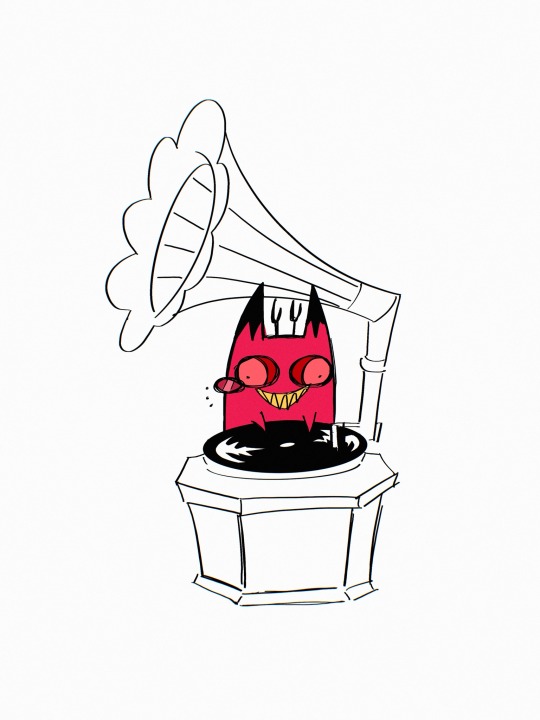

@/coma_0423’s cursed cat alastor will bring you happiness ♥️
Lulu scolds the cat
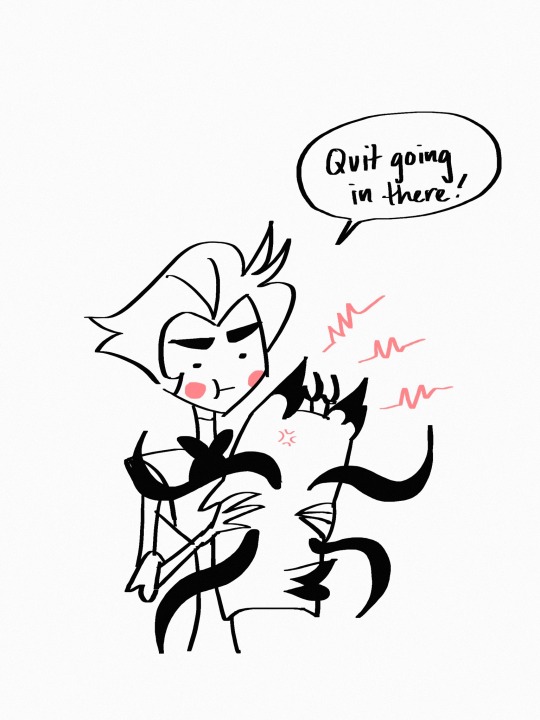
#I could’ve sworn I posted this doodle#I took a break from drawing stuff to doodle this lol#I’m learning clip studio paint! it’s very exciting but challenging so things are moving slow#rn I’m working on the anthology comic#but then back to my bullshit#but school starts next week#hnggg#im sure I’ll find time to slack off tho and draw#also unrelated to that but related to this post#is it weird that it’s so important to me that everyone knows cursedcatalastor’s author#he really became a sensation#which is cool as hell#but idk I just like the thought that people know who designed this lil guy#ESPECIALLY WHEN PPL TRY TO MONETIZE UGH THAT MAKES ME SO UPSET#anyway lemme go make brekky sorry for rambling#tho if you’re reading this#why do u read all my tags im literally an insane person#okay gtg bye ily#hazbin hotel#my doods#hazbin hotel fanart#alastor#cursed cat alastor#liked by creator#forgot that one#lol it’s what reminded me to post this here in the first place
3K notes
·
View notes
Text

Stay your pretty eyes on course
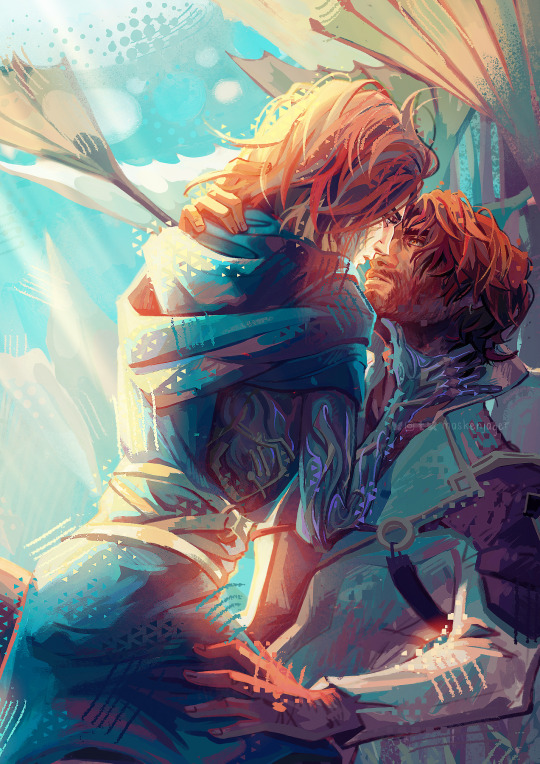
#jayvik#viktor#jayce#jayce talis#arcane#arcane fanart#jayvik fanart#i think a lot about all the universes where jayce couldnt#you know#do it#we all know if viktor had been awake when he arrived jayce would have folded#oh to let yourself being corrupted by your cult leader husband and embrace toxic yaoi#anyway please reblog this i've spent so many hours on it lol#trying to master clip studio paint for the first time#myart
2K notes
·
View notes
Text





hi here's more isat stuff, including a character turnaround bc I'm trying to learn how to animate properly instead of just shitposting (there will be more shitposts tho)
last one is doodles of stuff from chapter 2 of human after all. i love my silly cryptid sif too much what can i say
#in stars and time#isat#isat fanart#in stars and time fanart#isat siffrin#isat isabeau#isat mirabelle#isat odile#clip studio paint#supernote#adobe animate#art tag#human after all#first time drawing odile properly (kind of) and not just as a judgemental head in the sky#also trying to figure out how to make isabeau not a stick#also adobe animate is very different from opentoonz which has been a bit of an adjustment lol#spins your frin
452 notes
·
View notes
Text

Harrier
#first post !!#also my first time trying to replicate the DE artstyle#I hope i did it justice#a little at least#disco elysium#disco elysium fanart#harry du bois#disco elysium art#clip studio paint#artwork#digital art#artists on tumblr
81 notes
·
View notes
Text

"take the hint, Alex..."
#alex the farmhand#lily the scrappy#dol pc#dolgl#degrees of lewdity#dol fanart#my art#i was trying clip studio paint for the first time and i love it already orz <3<3
86 notes
·
View notes
Text


I finally got my digital pen back!
And I'm making it into a keychain!

It is $15 and is available for pre-order here on my Ko-fi
Please note that this is a PREORDER! Production and shipping can take up to 2 months. These are expected to be shipped out in late October or early November
Commissions are also open again!
Reblogs and boosts are very appreciated 💜
#this is my first time trying to sell fan merch#crossing my fingers that it goes well#and i sell enough to at least fully fund it#literally just need to sell 2 minimum#sebastian solace#sebastian roblox#sebastian pressure#roblox pressure#roblox#roblox fanart#sebastian solace fanart#my art#digital art#clip studio paint#csp#fanart#fan merch#pre order#commissions open#comms open#art comms open#🪱#keychains#small business
53 notes
·
View notes
Text

the little miss baskerville at around 14 years old- a young lady with a mischievous streak 😺. her father makes her wear white as a way to know when she's sneaked out against his orders, because her clothes will be visibly dirty. sometimes she'll disguise herself and klint (and occasionally barok) as east end kids and they'll blend in the crowd for a day. her color scheme is meant to be reminiscent of a candle, both in reference to the headstrong, fiery personality i write her with and to her short-lived existence.
#first time trying out the chromatic aberration filter on csp 🤔 i hope it looks ok!!#the great ace attorney#dgs spoilers#tgaa spoilers#ace attorney#dai gyakuten saiban#lady baskerville#digital illustration#digital watercolor#clip studio paint#id in alt#gyakuten saiban#oc: primrose#because lets be real shes my oc at this point LOL. also fun fact her father calls her prim while klint calls her rosie#which i think is a great indication of their contrasting attitudes towards her. kvz loves her bc of how she is while her father tries to-#- steer her into a specific direction (of being a prim and proper lady)#also less relevant but her dad remarried and rosie isnt close with her step mom and step siblings so its in part due to that that she sneak#- out to the vz estate relatively often#i drew this a month ago... i wanna redesign her gloves but ill leave it like this for now avdhjw
101 notes
·
View notes
Text


twig the otter or whatever her name is
#toby.txt#sticks the badger#i know she doesnt have any water motif but please dont interupt me im having fun#seperates in rb if u gaf#art#fanart#csp#clip studio paint#mouse artist#sth#sonic the hedgehog#sonic boom#sonic#water#ocean#watercore#<-- ig#first time trying this scrap book sort of thing im not very good at thia#critisism welcome btw also first time trying lightning
30 notes
·
View notes
Text
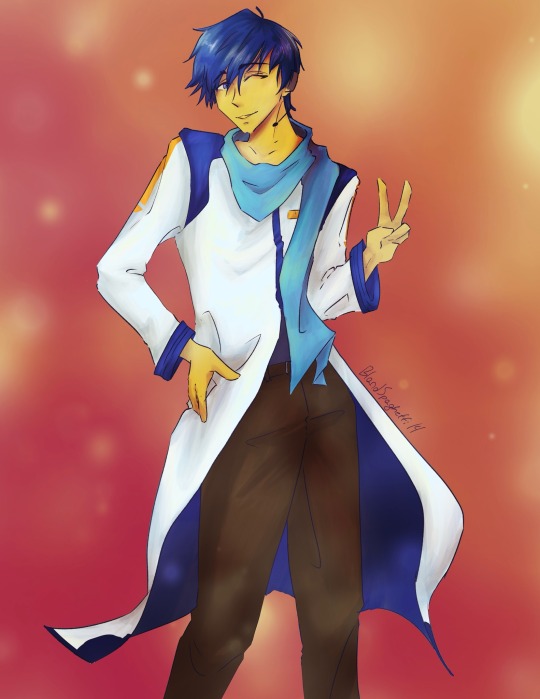
Kaitober day 1
V1
#kaitober#day 1#pretend it’s still the first pls pls pls#technically only 5 minutes late#anyways this was fast and simple and also my first time trying clip studio paint#I’m liking it a lot but my iPad is reaching its limits#vocaloid#Kaito#my art#kaitober 2024#kaitober24
14 notes
·
View notes
Text
HAPPY BIRTHDAY YUUMA OYAMA - 16th September
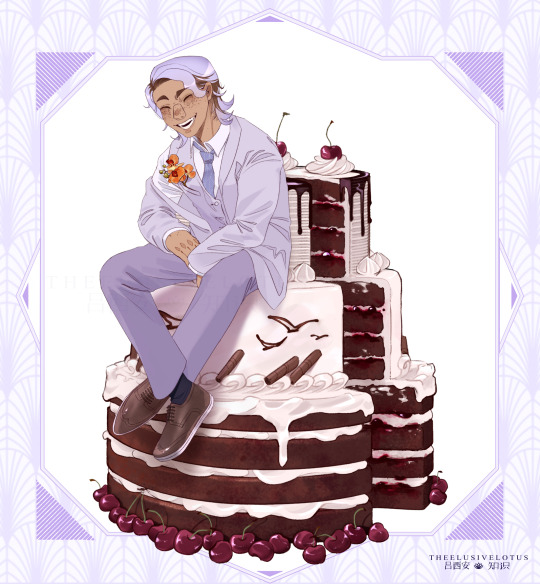
#milgram oc#milgram#clip studio paint#csp#digital art#clip studio#humanoid#illustration#drawing#digital illustration#artists on tumblr#fangram#ocgram#food art#cake#birthday cake#floriography#theelusivelotus art#MY BOYYYY#this is my first time posting about him properly I think#starting to get a hankering for doing food art now#also trying new rendering and lineart methods#but anyway#coming up with the cake design was the toughest part#balancing the important symbolism stuff with making sure it actually looks like a cake still#i'm pretty happy with it tho :]#also dont be fooled#this is probably the most relaxed he'll look for a while#/hj#ill try draw more squishy stuff for him too between mv stuff
15 notes
·
View notes
Text
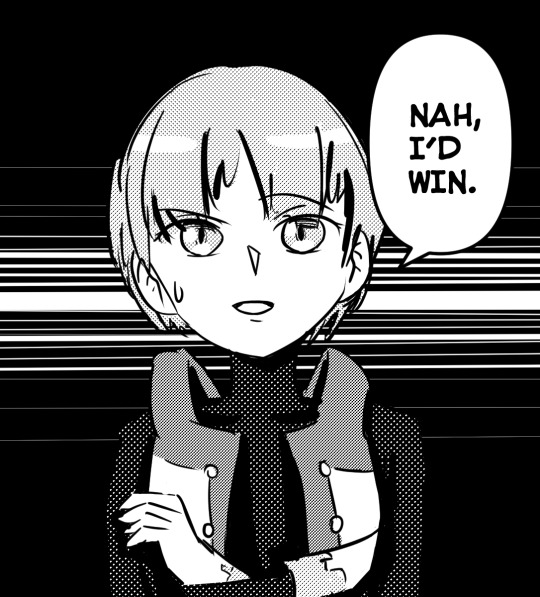
tee
#puyo puyo#tee#my art#first time trying out clip studio paint!#it's a bit heavier than sai#cursor is noticeably laggy if my laptop is on power saving mode ^^;;#but a lot of cool features :o#speech bubble tool and typesetting is op#also screentones are cool#wanna try out the frame border tool next :o
15 notes
·
View notes
Text
post-credits wanderer design (implied? ending spoilers) :

+bonus hydrae sketch

#rate my wanderer#bar stella abyss#BARステラアビス#clip studio paint#trenchart#digital#gonna try out resin for the first time making the zodiac gems and also their dagger. wish me luck
5 notes
·
View notes
Text


I was unsatisfied with the original so I spent a few minutes tweaking this, or is it called rendering?? Idk my dude but I like how she turned out now
#trying out new brushes when all of a sudden a wild Mallymkun appears#this is my first time drawing her too#i think she looks cute at least#still have to figure out a consistent easy art style to use for my LGL au comic thingy tho...#my art#mtp mallymkun#mtp dormouse#mad t party#mad t party band#mad t party fanart#mtp band fanart#clip studio paint#csp#csp art#alternative punk#au#punk au
7 notes
·
View notes
Text
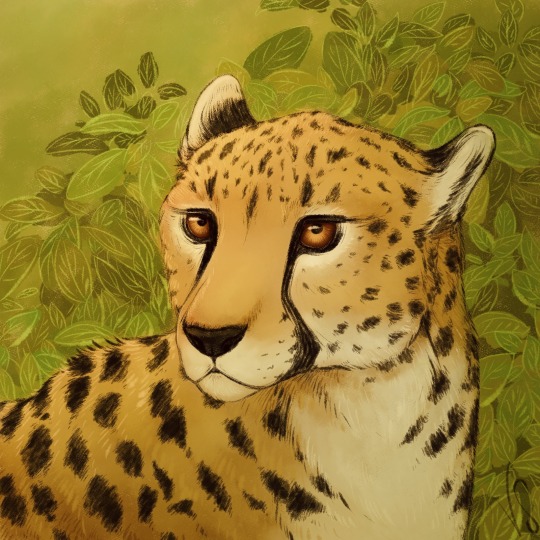
sketch as i figure out new software
2 notes
·
View notes
Text
I’ve been kinda dead over here so here! Have a little snippet of Xadian chillin on a rock!
#ocs#my ocs#oc#dnd ocs#xadian#oc art#my art#this is my first time animating ever actually#and i hate flipaclip with a passion now#sooooo im currenly trying to see if i can get my ipad to work as a 3rd monitor/drawing tablet for clip studio paint#stealth is good at handling things like that so i’d LOVE to have him handle my animation hopes and dreams
1 note
·
View note